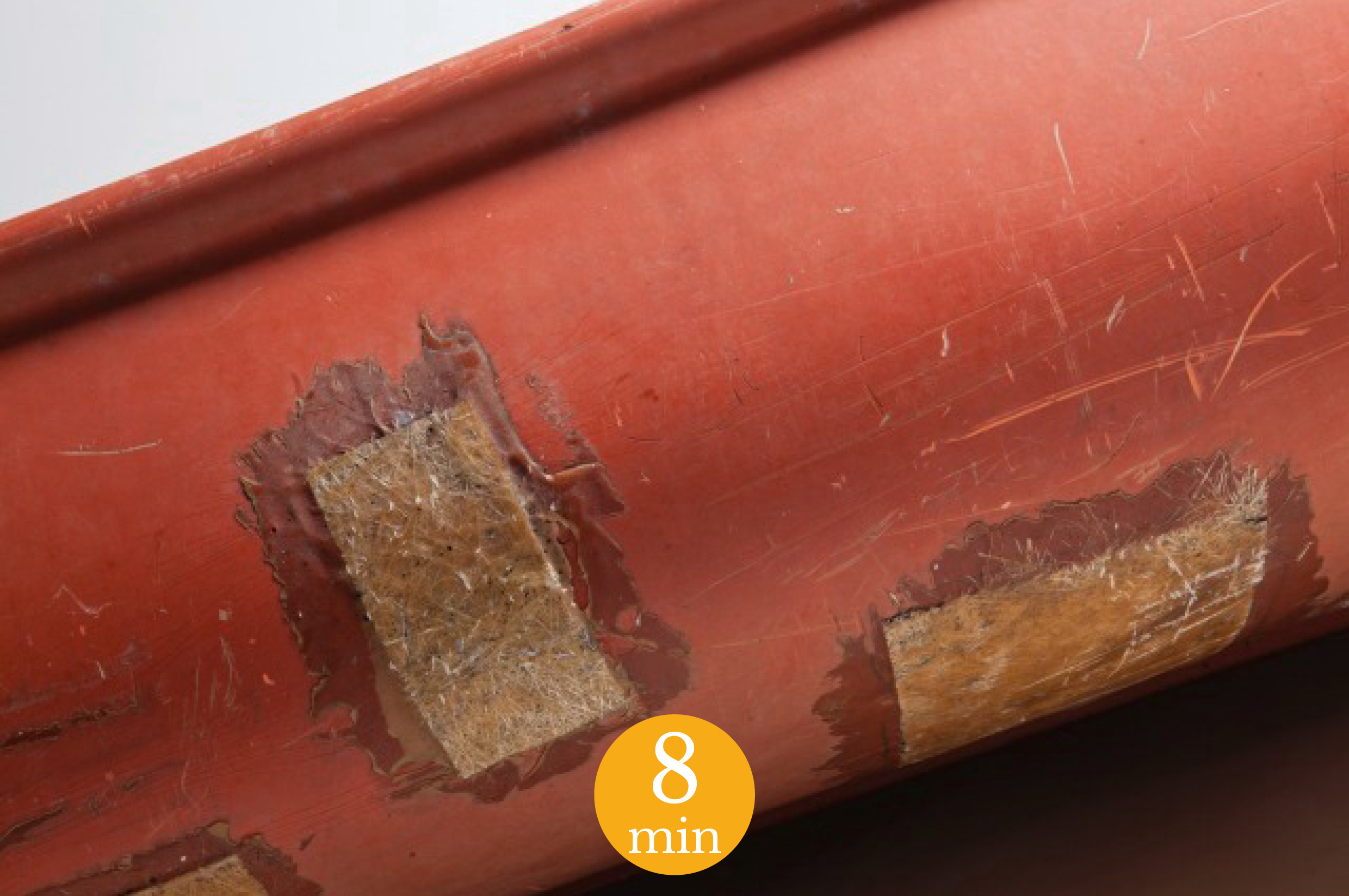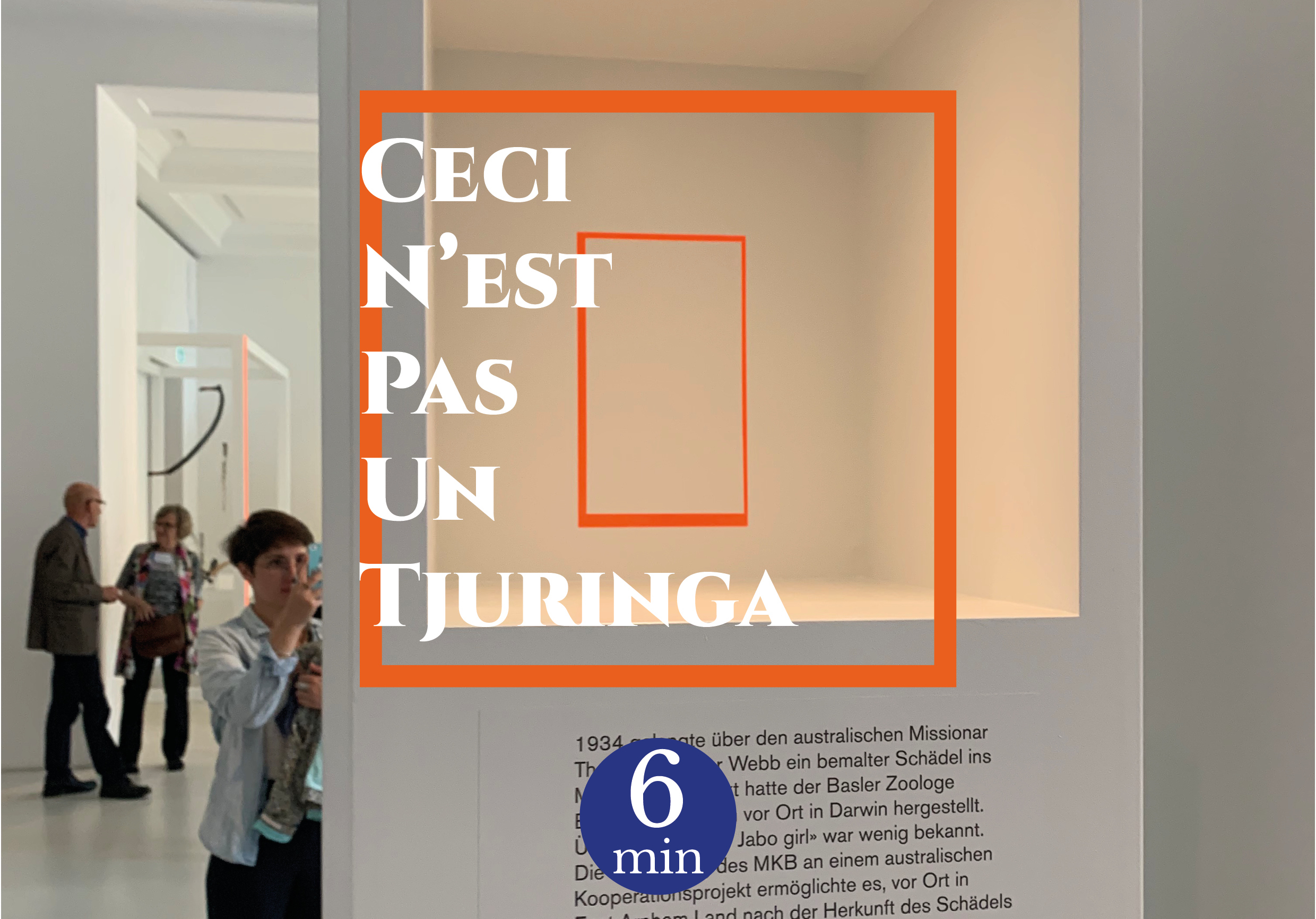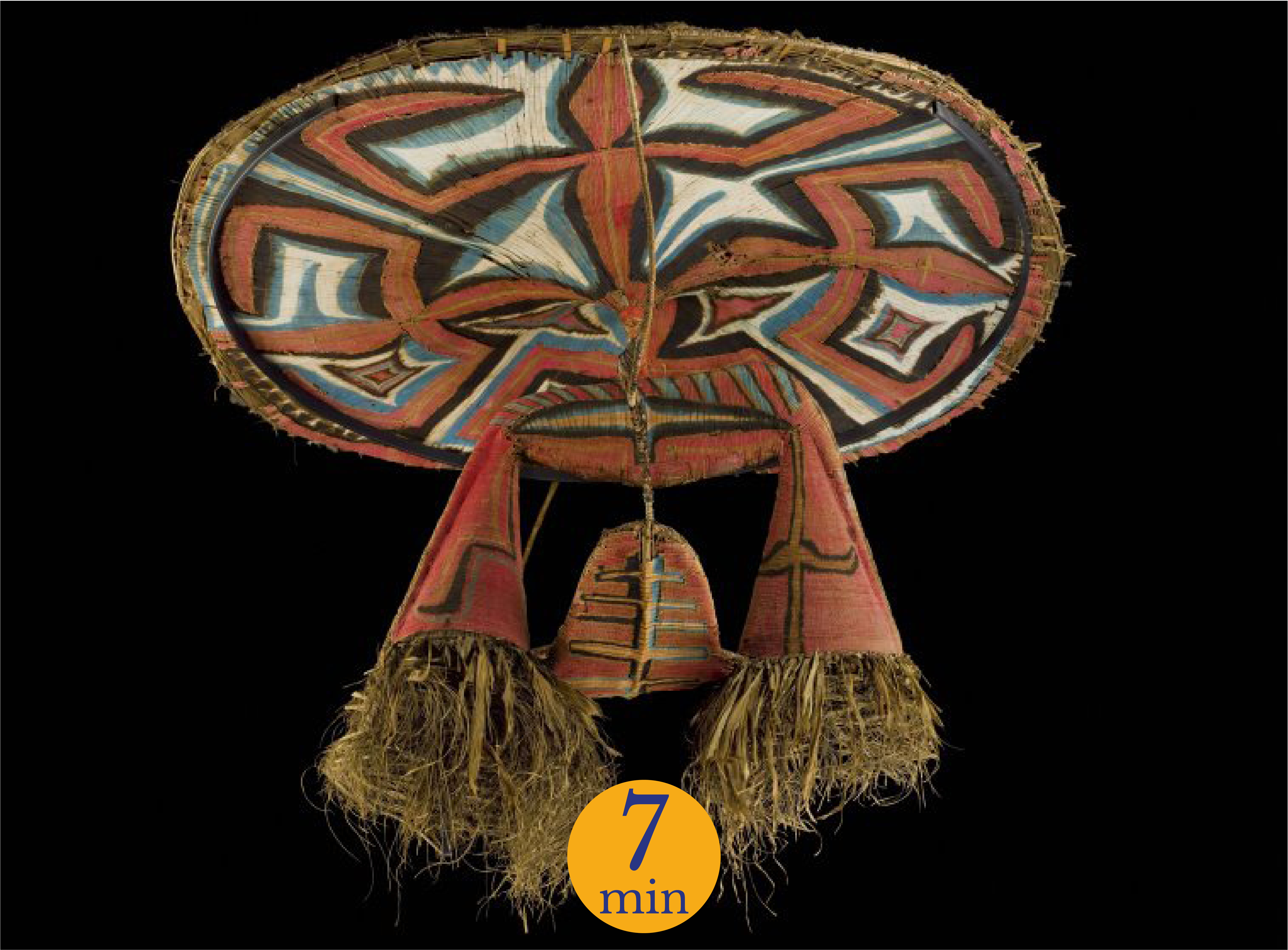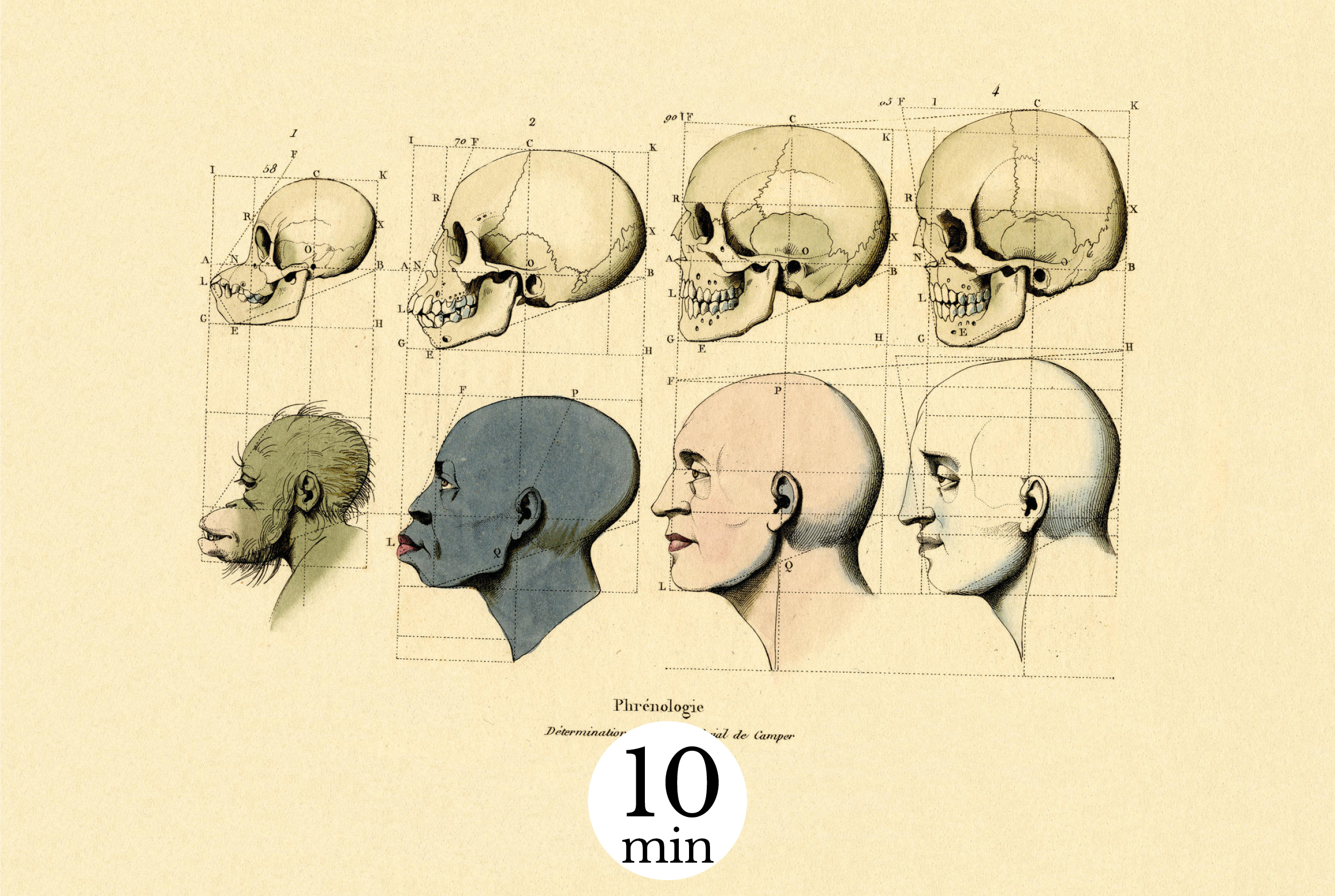Le livre Dans l’œil du crocodile1 débute avec un récit, celui d’une « rencontre »2, entre l’autrice, Val Plumwood (née Val Morell, 1939-2008) et un crocodile. Cette rencontre a lieu dans le Territoire du Nord australien, en 1985, sur la rivière East Alligator du parc national Kakadu. Plumwood, fine connaisseuse des environs, s’est engagée sur un nouveau trail, préparé par le ranger Greg Miles, qui lui a proposé de le tester avant qu’il ne soit ouvert au public. Des fortes pluies ont néanmoins gonflé les eaux qui bientôt gomment les marques du parcours. Se décidant à rentrer, Plumwood aperçoit soudain ce qui ressemble à un bâton : Read More

Lines, shapes, colours and textures. Drawing in anthropology
A popular image of the ethnographer consists in imagining them with a notebook and a pencil, scribbling day and night what they have been observing, putting down on paper their first reflections, which will then be analysed and transposed into a journal or a scientific work - in writing or - presented during a communication - through speach. Read More
Visual repatriation: creating a present for the past
*Switch language to french for french version of the article*
As Elizabeth Edwards has argued, visual repatriation visual repatriation is, in many ways, about finding a present for historical photographs, realising their ‘potential to seed a number of narratives’ through which to make sense of that past in the present and make it fulfil the needs of the present.”1 Edwards explains how visual repatriation visual repatriation is first a way for both Indigenous people and collections holders to shed light on groups of photographs, usually taken in the 19th and 20th centuries, and try to get information about these photographs. More importantly, visual repatriation visual repatriation can be said to allow one to generate narratives which bridge the gap between past and present. Read More
Can museums exhibit everything? Are "tjuringa" a well-kept secret?
If you have the opportunity to visit the exhibition Thirst for Knowledge Meets Collecting Mania at the Museum der Kulturen in Basel,1 you will certainly be curious about the presence of an orange rectangle in one of the showcases, in which no objects are displayed. At first glance, you might think that this absence is due to a restoration problem, a loan that did not arrive in time, in short a technical problem. If you look closely, it actually says on the label that the object in question will not be on display, as it cannot be seen by everyone.
Les marins sont-ils les premiers ethnologues français ? Une brève histoire du musée de la Marine du Louvre
Marine, ethnographie et Louvre ? Pour les lecteur du XXIème siècle que nous sommes, il y a fort à parier que ces mots semblent bien éloignés les uns des autres. Et pourtant ! Si l’idée de pousser la porte du musée de la Marine pour y rencontrer des œuvres extra-européennes nous paraît saugrenue aujourd’hui, c’est bien dans le giron de la Marine que naît, en France, l’embryon de l’un des premiers musées ethnographiques.1 Read More
Is there such a creature as “traditional culture”? *
* Switch language to english for english version of the article *
As explained by Sean Mallon in his now famous ‘Against Tradition’ (2010), the story began with Samoan writer Albert Wendt. While Wendt started his discussion on the word “tradition” and its use in the 1970s, the debate took a larger scope in the 1990s, as he was working on the creation of a museum - Te Papa Tongarewa, Wellington, New Zealand – as member of the Pacific Advisory Committee. Wendt had a simple request then: to abandon the term “traditional art”1 in the future museum. But why?
Faire l’expérience du beau : le masque Hemlout de Nouvelle-Bretagne
En vous promenant sur le plateau des collections permanentes du Musée du Quai Branly-Jacques Chirac, peut-être aurez vous remarqué un étrange masque coloré composé de deux cônes en vannerie surmontés d’une ombrelle imposante.
Il s’agit d’un masque Hemlout1 (or Hemloüt2) confectionné par des hommes Sulka, population de l’est de la Nouvelle-Bretagne (politiquement rattachée à la Papouasie-Nouvelle-Guinée3). Read More
The study of techniques in anthropology: a brief introduction
L’anthropologie des techniques est un pan de la science de l’étude de l’Homme qui s’intéresse à l’Histoire et aux usages des faits techniques en tant qu’actions de l’Homme sur la matière, ce qui en fait une technologie au sens propre du terme1 . Elle concerne, par exemple, l’étude des moyens mis en œuvre et du processus pour abattre un arbre, mais également des problématiques beaucoup plus contemporaines comme le processus d’interaction d’un individu avec un ordinateur lors de sa mise en fonctionnement2. L’intérêt pour l’étude technologique a toujours existé au sein de la discipline, voire même dans certains récits de voyageurs qui précèdent son apparition, cependant elle n’a pas toujours été envisagé avec les mêmes enjeux ni le même intérêt. Read More
The origins of anthropology: between racism and colonialism
At the end of the 20th century, anthropologists began to recognise the involvement of their discipline in the domination of other peoples through slavery, imperialism and colonialism. In what way could a discipline that aims to study Man participate in the domination and discrimination of the latter? How could anthropology, in the early stages of its formation, have served a colonial ideology? It is on these questions that this article aims to reflect. But first of all, we need to understand what 'anthropology' means and what the roots of this discipline are. Read More









